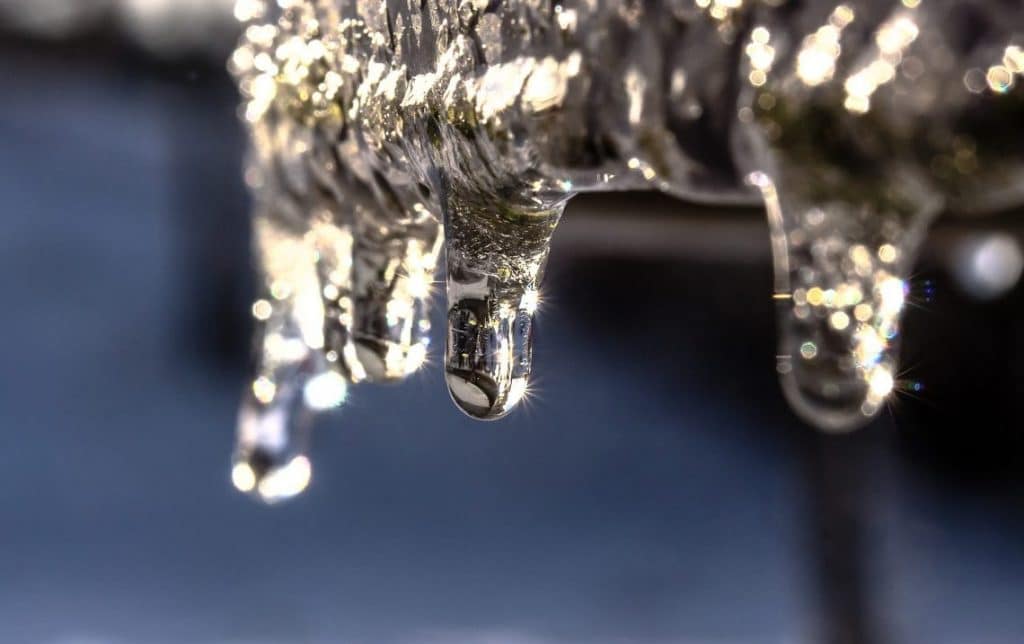On this page in the next paragraphs yow will discover a lot of quality expertise in regards to How to Prevent Your Pipes From Freezing.

Winter can wreak havoc on your pipes, especially by freezing pipelines. Below's exactly how to stop it from taking place and what to do if it does.
Introduction
As temperature levels decrease, the threat of frozen pipelines rises, possibly resulting in pricey repair services and water damages. Understanding just how to stop frozen pipes is vital for home owners in chilly environments.
Avoidance Tips
Insulating vulnerable pipes
Wrap pipes in insulation sleeves or utilize warmth tape to protect them from freezing temperatures. Concentrate on pipelines in unheated or exterior locations of the home.
Home heating methods
Maintain indoor spaces sufficiently warmed, particularly locations with pipes. Open cabinet doors to permit cozy air to flow around pipes under sinks.
Just how to recognize icy pipes
Seek lowered water flow from faucets, unusual smells or sounds from pipelines, and noticeable frost on subjected pipes.
Long-Term Solutions
Structural changes
Think about rerouting pipelines far from outside wall surfaces or unheated locations. Add added insulation to attic rooms, basements, and crawl spaces.
Upgrading insulation
Purchase high-quality insulation for pipes, attic rooms, and wall surfaces. Correct insulation aids preserve constant temperatures and lowers the risk of icy pipes.
Shielding Outdoor Plumbing
Garden tubes and outdoor taps
Disconnect and drain garden hoses prior to winter. Install frost-proof faucets or cover outside taps with protected caps.
Recognizing Frozen Pipelines
What creates pipelines to ice up?
Pipes freeze when revealed to temperatures below 32 ° F (0 ° C) for prolonged periods. As water inside the pipes ices up, it expands, taxing the pipeline wall surfaces and possibly causing them to break.
Threats and damages
Frozen pipelines can lead to supply of water disruptions, home damage, and costly fixings. Ruptured pipes can flooding homes and cause considerable structural damage.
Indicators of Frozen Pipes
Determining icy pipes early can avoid them from breaking.
What to Do If Your Pipelines Freeze
Immediate actions to take
If you suspect icy pipelines, maintain taps open up to eliminate pressure as the ice thaws. Utilize a hairdryer or towels taken in warm water to thaw pipelines slowly.
Final thought
Protecting against icy pipelines requires positive measures and quick responses. By comprehending the reasons, signs, and preventive measures, homeowners can secure their pipes throughout winter.
6 Proven Ways to Prevent Frozen Pipes and Protect Your Home
Disconnect and Drain Garden Hoses
Before winter arrives, start by disconnecting your garden hoses and draining any remaining water. Close the shut-off valves that supply outdoor hose bibs and leave the outdoor faucet open to allow any residual water to drain. For extra protection, consider using faucet covers throughout the colder months. It’s also important to drain water from any sprinkler supply lines following the manufacturer’s directions.
Insulate Exposed Pipes
Insulating your pipes is an effective way to prevent freezing. Pipe insulation is readily available at home improvement stores and is relatively inexpensive. Pay close attention to pipes in unheated areas such as the attic, basement, crawl spaces, or garage. Apply foam insulation generously to create a buffer against the cold. You can also wrap your pipes in heat tape or thermostat-controlled heat cables for added warmth.
Seal Air Leaks
Inspect your home for any cracks or openings that could let in cold air. Seal any holes around the piping in interior or exterior walls, as well as the sill plates where your home rests on its foundation. Additionally, make sure to keep your garage door closed unless you’re entering or exiting. Leaving it open creates a significant air leak that can lead to frozen pipes.
Allow Warm Air Circulation
During cold snaps, it’s essential to allow warm air to circulate evenly throughout your home. Leave interior doors ajar to promote better airflow. Open kitchen and bathroom cabinets to help distribute heat consistently around the rooms. If you have small children or pets, be sure to remove any household chemicals or potentially harmful cleaners from open cabinets for safety.
Let Faucets Drip
A small trickle of water can make a big difference in preventing ice formation inside your pipes. When temperatures drop significantly, start a drip of water from all faucets served by exposed pipes. This continuous flow helps prevent the water from freezing. Additionally, running a few faucets slightly can relieve pressure inside the pipes, reducing the chances of a rupture if the water inside does freeze.
https://choateshvac.com/6-proven-ways-to-prevent-frozen-pipes-and-protect-your-home/

As a fervent person who reads about Prevent Frozen Pipes , I assumed sharing that topic was worth the trouble. So long as you enjoyed reading our article plz consider to pass it around. We value your readership.
Set Up An Appointment
Comments on “Avoiding Frozen Plumbing in Winter: Expert Tips”